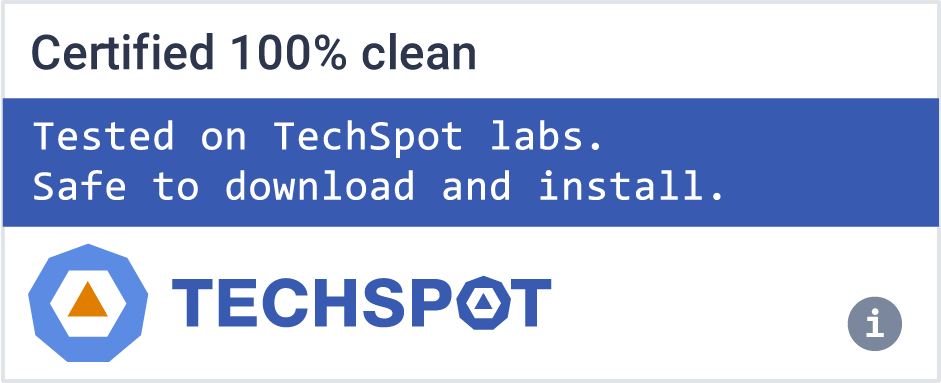VirtualBox is a powerful x86 and AMD64/Intel64 virtualization product for enterprise as well as home use. Not only is VirtualBox an extremely feature rich, high performance product for enterprise customers, it is also the only professional solution that is freely available as Open Source Software under the terms of the GNU General Public License (GPL) version 2.
Can I run macOS on a Windows machine?
Yes. With VirtualBox, you can install multiple operating systems on a single PC and seamlessly switch between them, including macOS on Intel hardware (experimental feature). VirtualBox can run multiple x86 OS such as Windows, macOS, Linux distributions, FreeBSD, and OpenBSD on your host machine. The operating systems run within an application, which virtualizes the hardware in a completely isolated environment.
Is VirtualBox free?
Yes, VirtualBox is a free and open source virtual machine platform for personal, educational, or evaluation use.
Do I need to dual boot or repartition the disk?
No, that's not necessary. VirtualBox uses your computer's file system and creates files that map to a virtual machine's disk drives, so there is no need to create a partition for each operating system. If you already have another OS with dual boot, you can use VirtualBox to run the other operating system in a virtual machine on your host operating system. Instead of dual booting, you can run both operating systems simultaneously and seamlessly switch from one operating system to another with a click of your mouse.
Can I run an x86 virtual machine on Arm hardware?
Unfortunately, no. You can't run an x86 image on Arm via VirtualBox. Virtual Box will only allow you to run virtual machines on the same underlying architecture as your host machine supports.
Features
Modularity.
VirtualBox has an extremely modular design with well-defined internal programming interfaces and a client/server design. This makes it easy to control it from several interfaces at once: for example, you can start a virtual machine in a typical virtual machine GUI and then control that machine from the command line, or possibly remotely. VirtualBox also comes with a full Software Development Kit: even though it is Open Source Software, you don't have to hack the source to write a new interface for VirtualBox.
Virtual machine descriptions in XML.
The configuration settings of virtual machines are stored entirely in XML and are independent of the local machines. Virtual machine definitions can therefore easily be ported to other computers.
Guest Additions for Windows, Linux and Solaris.
VirtualBox has special software that can be installed inside Windows, Linux and Solaris virtual machines to improve performance and make integration much more seamless. Among the features provided by these Guest Additions are mouse pointer integration and arbitrary screen solutions (e.g. by resizing the guest window). There are also guest additions for OS/2 with somewhat reduced functionality.
Shared folders.
Like many other virtualization solutions, for easy data exchange between hosts and guests, VirtualBox allows for declaring certain host directories as "shared folders", which can then be accessed from within virtual machines.
VirtualBox is being actively developed with frequent releases and has an ever growing list of features, supported guest operating systems and platforms it runs on. VirtualBox is a community effort backed by a dedicated company: everyone is encouraged to contribute while Oracle ensures the product always meets professional quality criteria.
What's New
This is a maintenance release. The following items were fixed and/or added:
- VMM: Added nested paging support for nested virtualization (Intel hosts only)
- VMM: Fixed rare guru meditations with certain guests on macOS 10.15 (Catalina) (bug #21237)
- VMM: Fixed possible VM process crash on Windows hosts when Hyper-V is used with certain guests (bug #21174)
- VMM: Fixed Windows XP guest hang or BSOD on AMD CPUs under certain circumstances (bug #21256)
- GUI: Various bugfixes for the Guest Control file manager
- GUI: Added more informative file operations in the Guest Control file manager
- GUI: Added an option to the global settings (the display page) to resize user interface font
- GUI: Fixed a regression in new vm wizard. Selected virtual disks are no longer deleted when the wizard is cancelled (bug #21244)
- GUI: Added a new menu item to the devices menu to optionally upgrade the guest additions.
- VirtioSCSI: Fixed recognition of the virtio SCSI controller by the EFI firmware (bug #21200)
- VirtioSCSI: Fixed hang when shutting down the VM if the virtio SCSI controller is used (bug #21144)
- virtio-net: Workaround a bug in the virtio-net driver included in FreeBSD version up to 12.3 which renders the device non functional (bug #21201)
- Storage: Fixed I/O errors with the VirtioSCSI controller when the host I/O cache is enabled (bug #19717)
- VBoxManage: Fixed regression when 'createmedium disk --variant RawDisk' command resulted in invalid .vmdk file (bug #21125)
- Main: Restored input pointing device behavior in multi-monitor VM configuration (bug #21137)
- Main: Fixed progress indication during automatic Linux Guest Additions installation
- Guest Control: Fixed path handling issues (bug #21095)
- 3D: Fixed VM process crash on macOS with 3D enabled (bug #21232)
- Linux Host and Guest: General improvements in startup scripts
- Linux Guest Additions: Introduced initial support for RHEL 8.7 and 9.2 kernels (bug #21272, #21258)
- Linux Guest Additions: Introduced initial support for SLES 15.4 kernels
- Linux Guest Additions: Fixed kernel modules rebuild behavior on system shutdown




